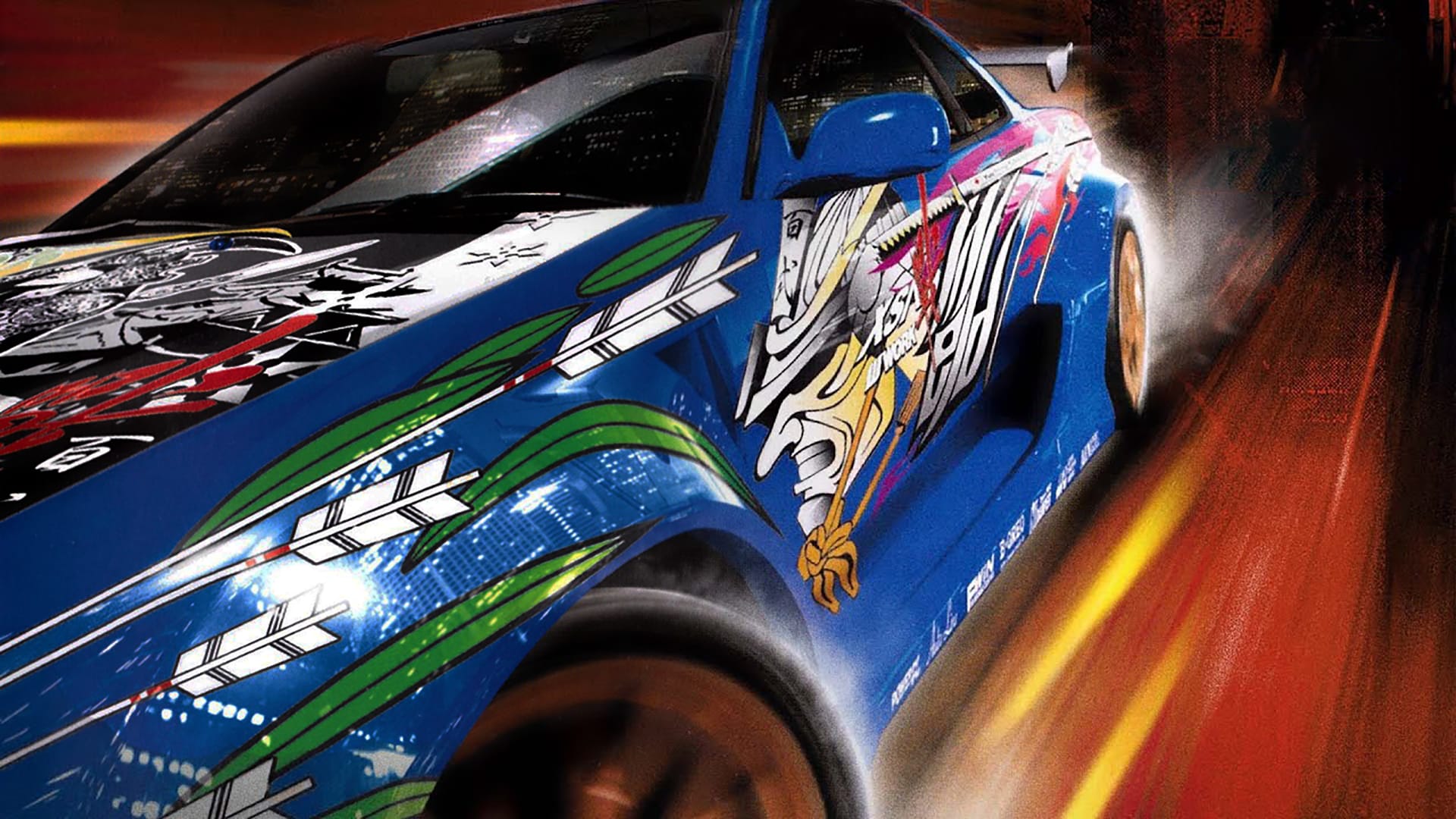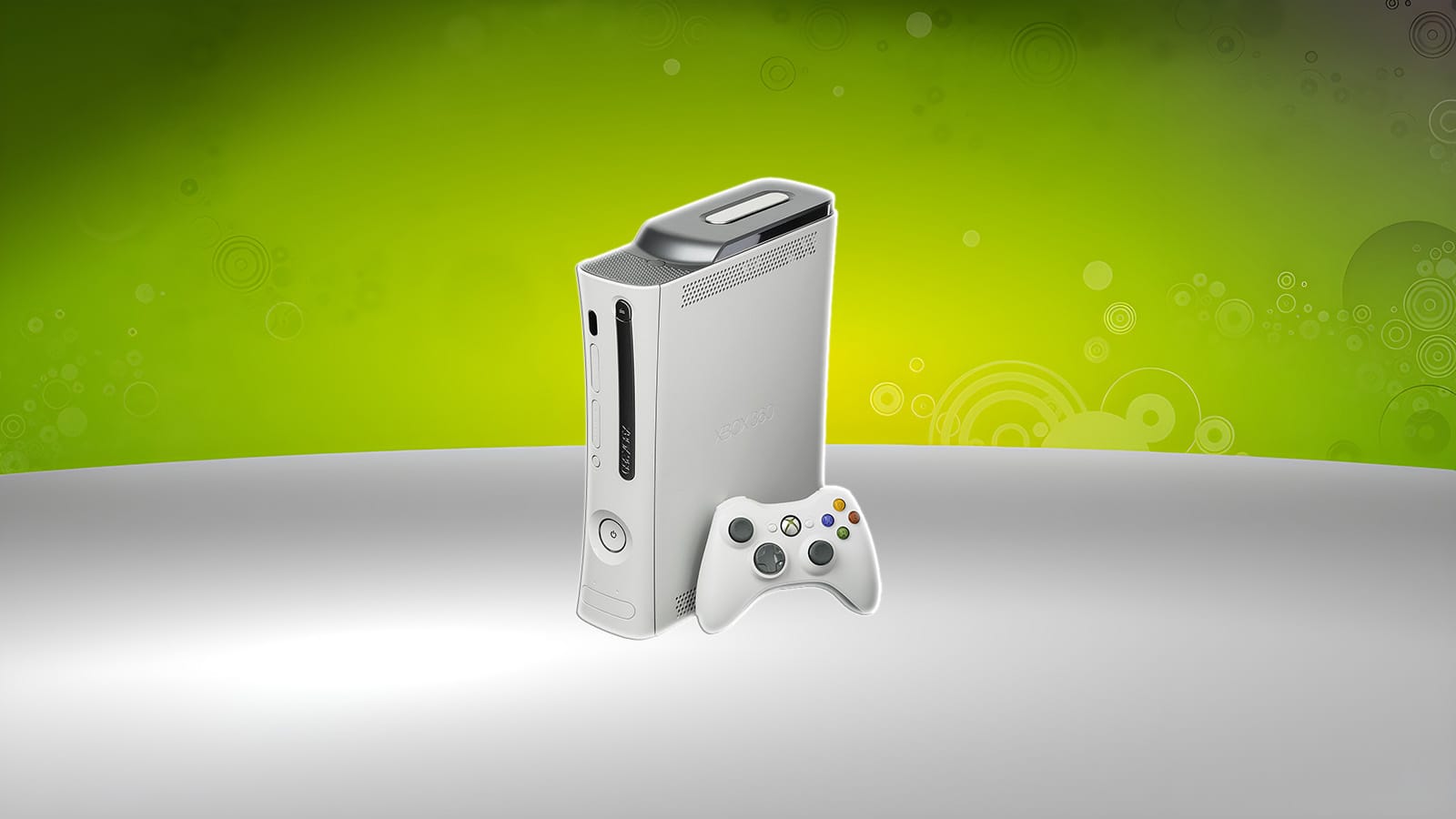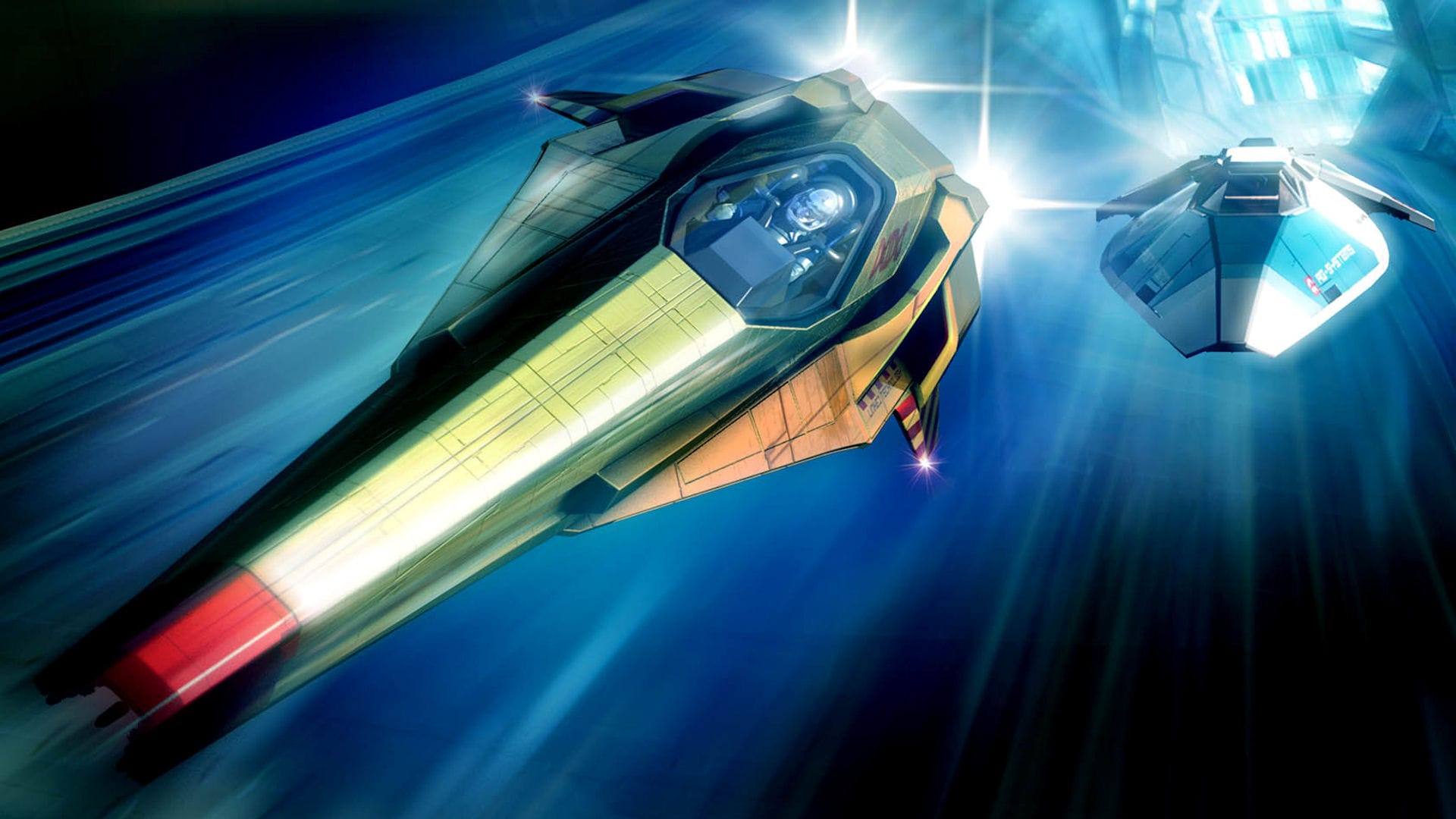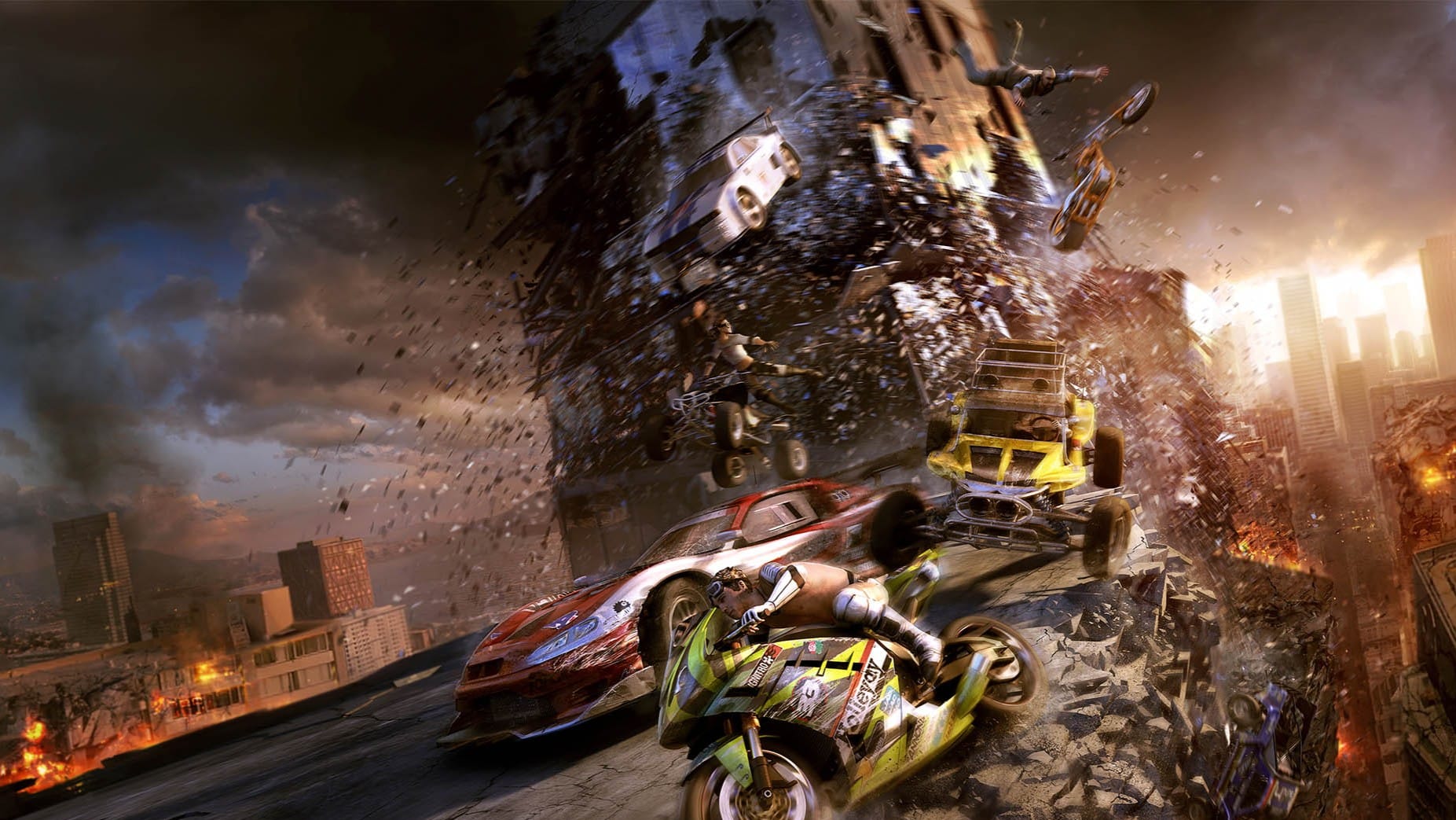The OG Xbox was a dark horse for racing fans. It launched into a market already dominated by genre giants, but its powerful hardware, robust online capabilities, and love for all things four-wheeled gave it an edge. Microsoft wasn’t just playing catch-up—it was pushing boundaries, letting developers experiment with physics, speed, and style in ways that felt fresh and fearless.
The result? A melting pot of driving experiences. From hardcore simulations like Forza Motorsport and RalliSport Challenge 2, to over-the-top arcade blasts like Burnout 3: Takedown and OutRun 2, the Xbox offered a full-throttle ride through nearly every corner of the racing world. It wasn’t just about the big names, either—cult hits like Quantum Redshift and Apex showed how far the platform was willing to steer off the beaten path.
So buckle up—we’re counting down the 25 best racing games that made the original Xbox a surprisingly essential stop for any fan of fast, furious, and forgotten favorites.
Forza Motorsport
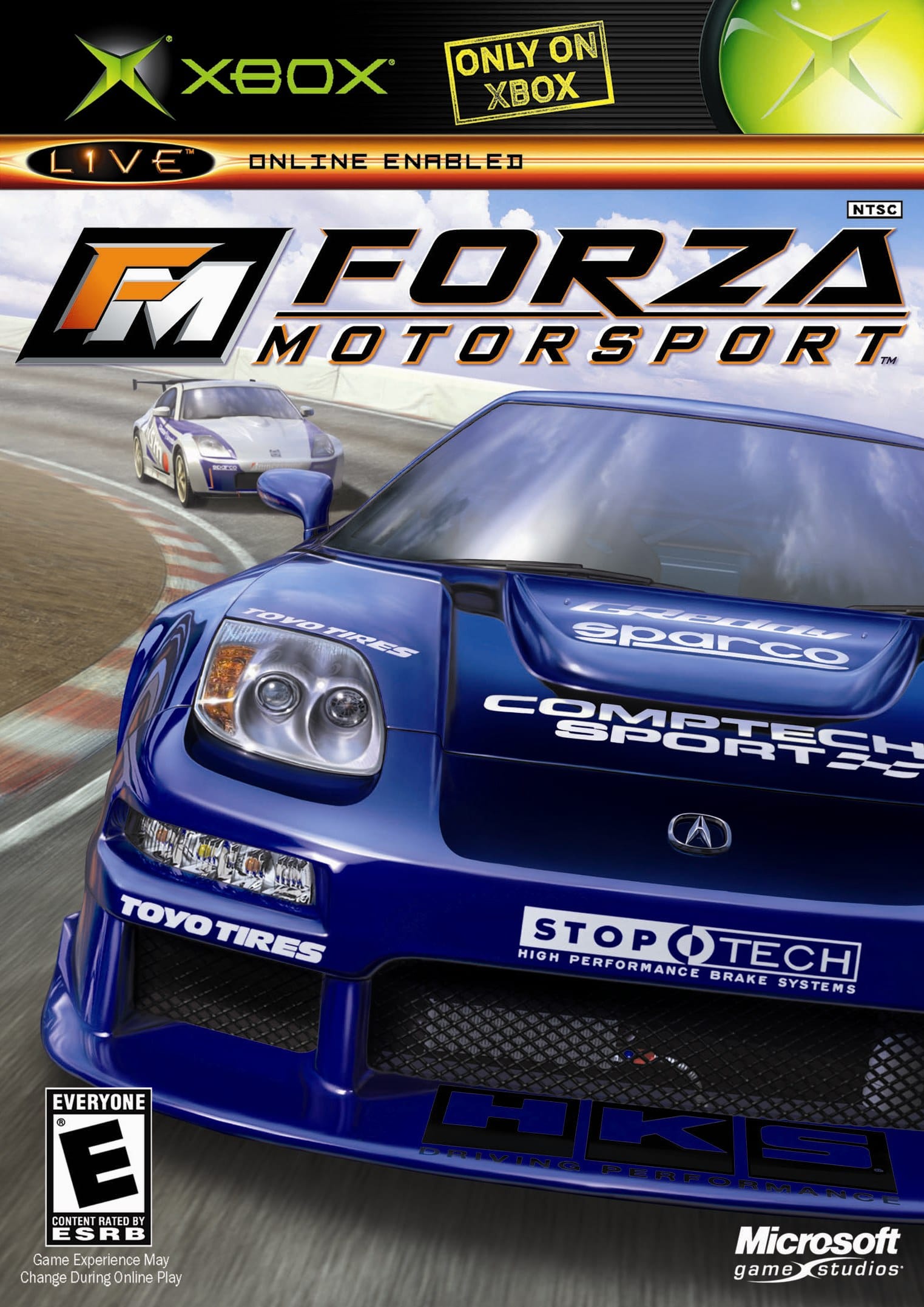
- Developer: Turn 10 Studios
- Release Year: 2005
When Forza Motorsport debuted in 2005, it wasn’t content to simply join the sim racing scene—it wanted to redefine it. Microsoft’s flagship answer to Gran Turismo brought with it not just a wealth of licensed cars and real-world tracks, but a physics engine that was astonishing for its time. Each car felt distinct, with performance affected by weight distribution, drivetrain configuration, and tire wear. The AI was smart and aggressive, adapting to your racing style and punishing sloppy driving. This was sim racing on a console with zero compromises.
Why It's Worth Playing: What truly set Forza apart wasn’t just how cars drove—it was how much control the player had over them. You could dive deep into the garage, tweaking suspension setups, gear ratios, brake balance, and more. For those who didn’t want to get greasy, visual customizations like paint jobs, vinyls, and decals turned every car into a canvas. This blend of technical depth and personal expression set the stage for a series that would dominate for decades to come.
Sega GT 2002
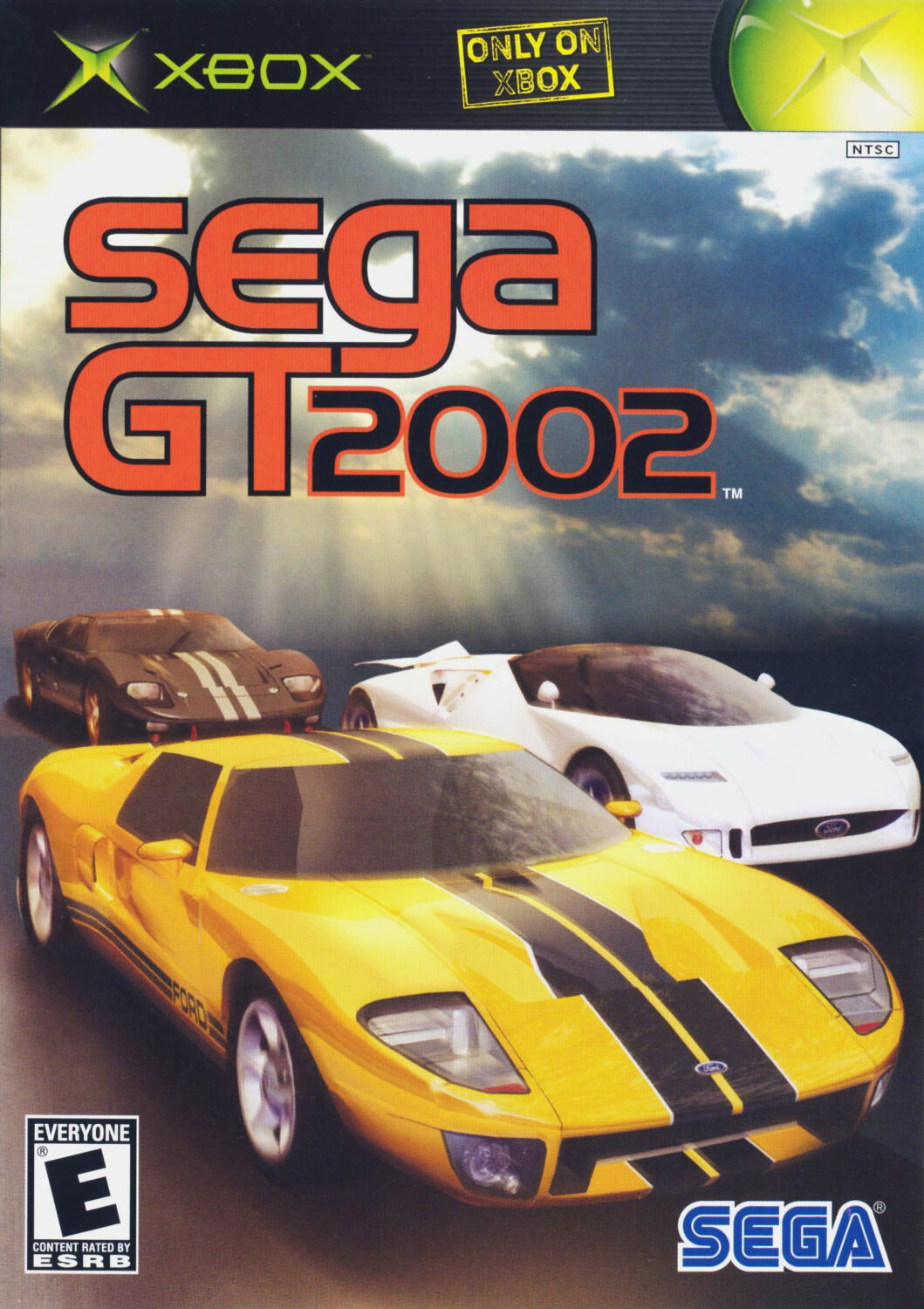
- Developer: Wow Entertainment
- Release Year: 2002
Released early in the Xbox’s life and often overshadowed by flashier arcade titles, Sega GT 2002 carved out a niche for itself as a grounded, gearhead-friendly sim. With over 130 cars and a focus on progression over spectacle, it rewarded steady improvement and smart driving over instant gratification. Unlike some of its peers, it emphasized realism not just in physics, but in how you earned your place on the track.
Why It's Worth Playing: The career mode was quietly brilliant. Starting with basic cars, you earned money through races, unlocked licenses, and slowly worked your way up the ranks. Managing your budget, buying used cars, and upgrading parts created a loop that was as satisfying as it was strategic. If Forza was the slick, modern showroom, Sega GT 2002 was the modest local garage that turned out winners.
RalliSport Challenge 2
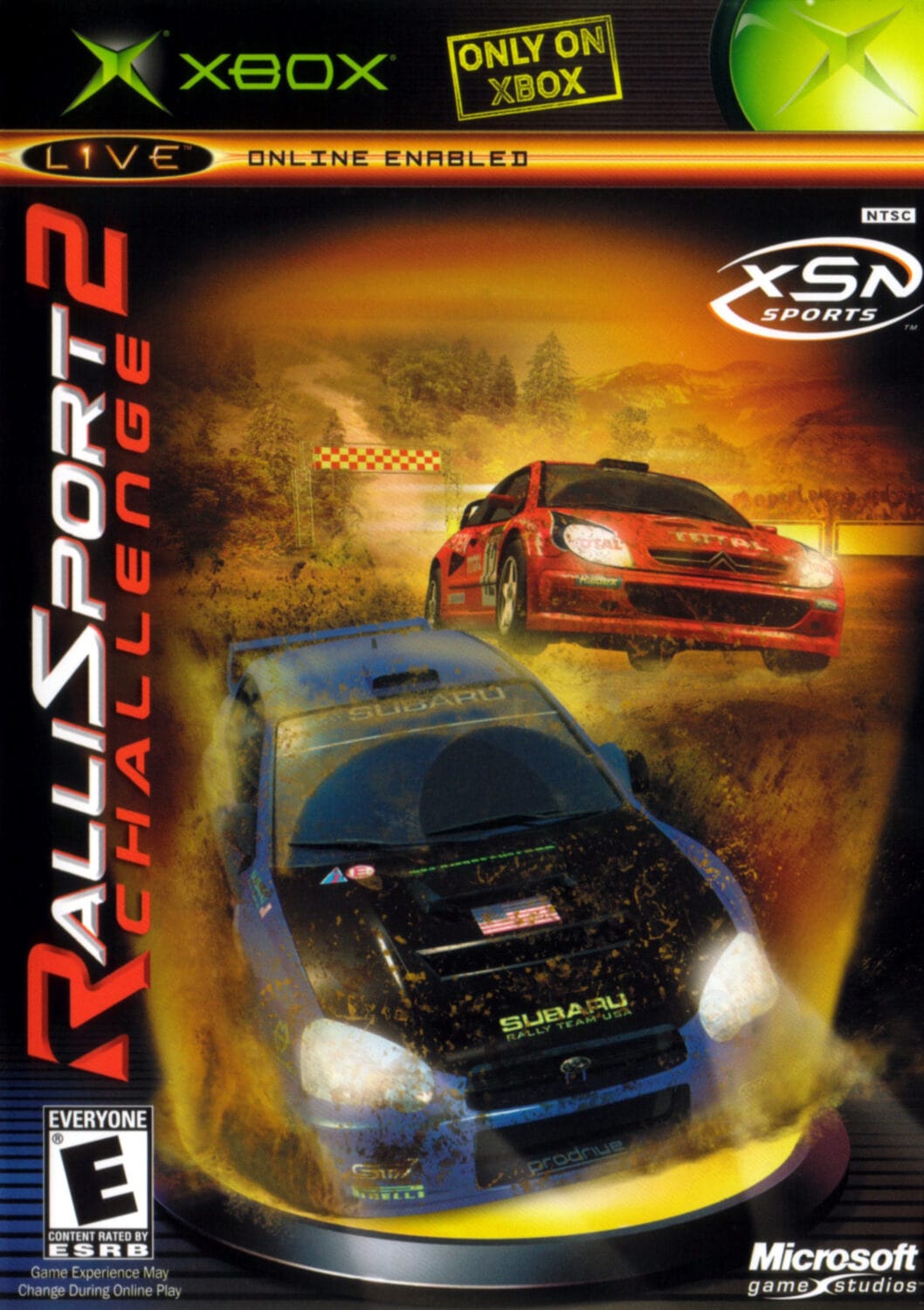
- Developer: Digital Illusions CE
- Release Year: 2004
There are rally games, and then there’s RalliSport Challenge 2. Building on the already strong foundation of its predecessor, this sequel amped up everything—handling, visuals, event variety—to deliver what many still consider the best off-road racing experience of the generation. Rallycross, hill climbs, and traditional time trials were all handled with finesse, capturing the chaos and control that makes rallying so thrilling. Every surface demanded respect. Every corner, a risk.
Why It's Worth Playing: Arguably one of the most polished and overlooked racers of the generation, RalliSport Challenge 2 delivered an off-road experience that was equal parts brutal and beautiful. Even by today’s standards, RalliSport Challenge 2 is a stunner. Crisp visuals, dynamic weather, and tight controls made it the definitive rally experience on the Xbox—and a must-play for fans of sideways speed.
F1 2001
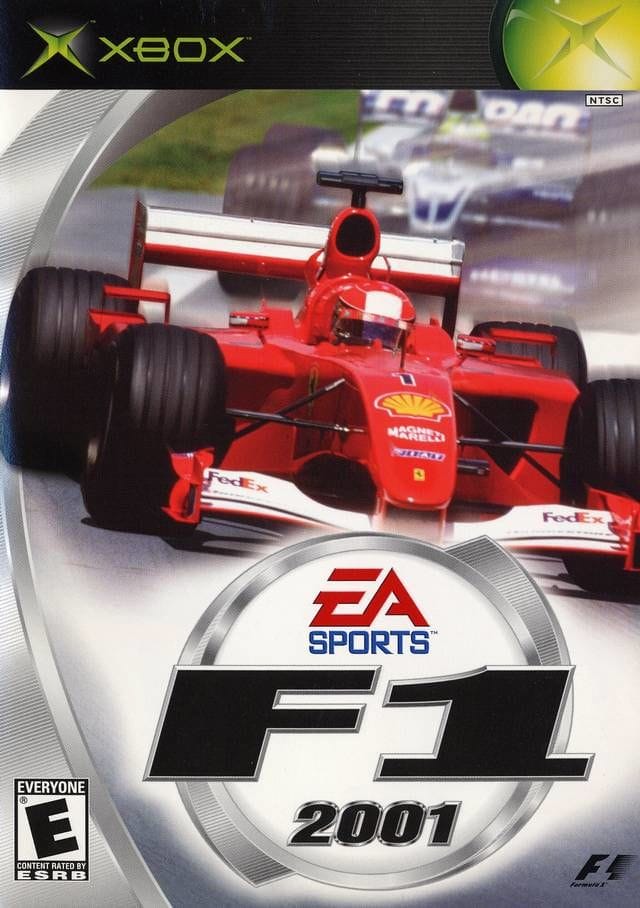
- Developer: EA UK
- Release Year: 2001
F1 2001 wasn’t an arcade spin-off with licensed names slapped on. It aimed to deliver a detailed, methodical Formula One simulation that leaned hard into authenticity. Every car on the grid felt distinct. Tire degradation, weather conditions, and track temperature all played into how your car responded. Full-length race weekends, complete with practice, qualifying, and dynamic race strategy, gave F1 2001 a depth that few console racers dared attempt at the time.
Why It's Worth Playing: Though EA’s F1 series didn’t quite have the longevity of others, F1 2001 helped establish what a proper console Formula One sim could look like. It wasn’t for casual Sunday drivers—it was for fans who knew every corner of Spa, every pit strategy at Suzuka. With crisp visuals, a solid physics engine, and officially licensed content, it laid essential groundwork in the evolution of serious F1 racing games on home consoles.
Burnout 2: Point of Impact
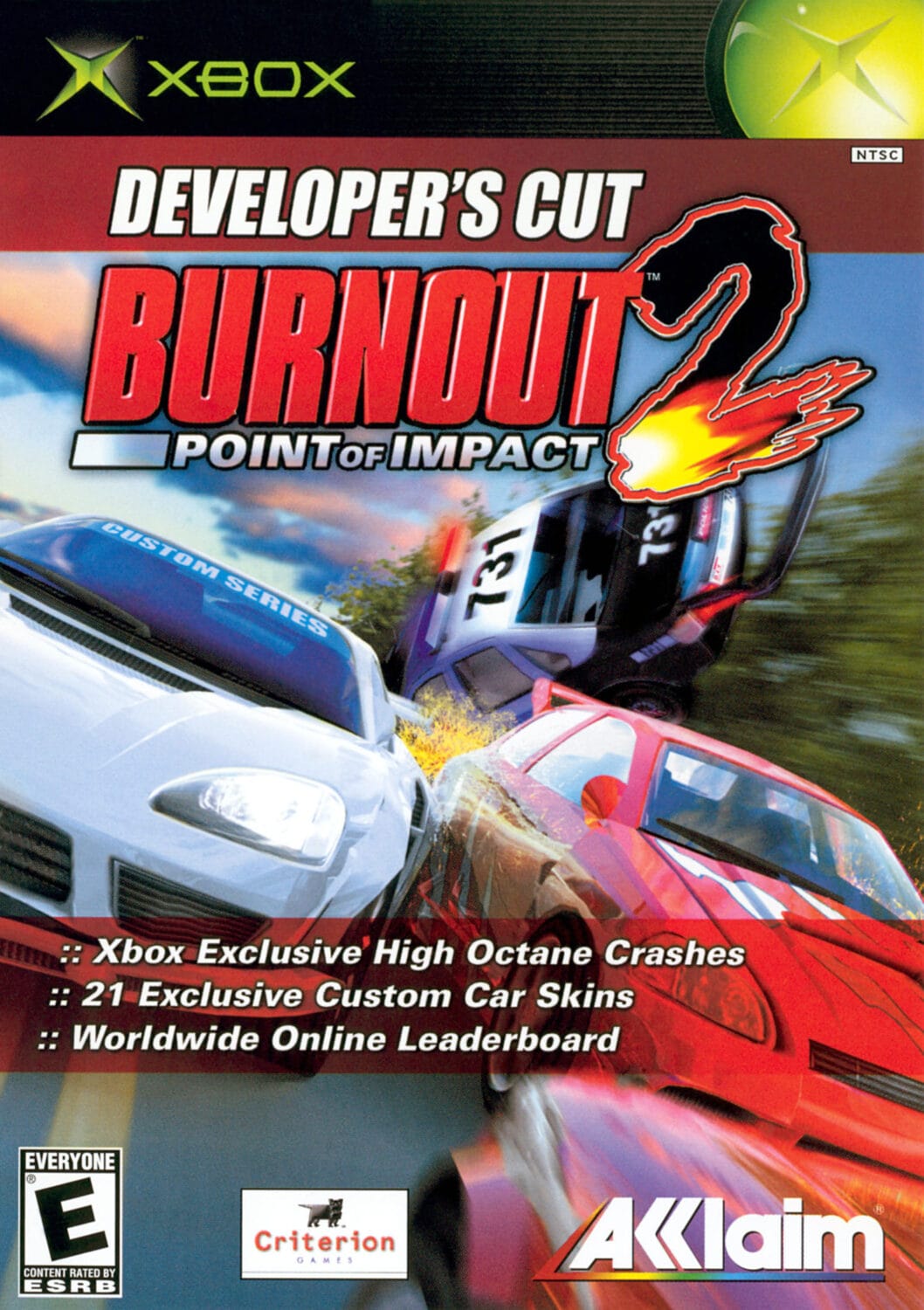
- Developer: Criterion Games
- Release Year: 2003
If Burnout hinted at the mayhem to come, Burnout 2 ripped the doors off. Criterion refined its formula with tighter controls, improved visuals, and, most notably, the introduction of Crash Mode—a brilliant, gleeful departure from standard racing conventions. You weren’t just encouraged to crash—you were rewarded for it. Launching your car into a packed intersection and watching the resulting ballet of twisted metal unfold in slow motion felt revolutionary. The sense of speed? Utterly unhinged. Your reflexes had to keep up with the breakneck pacing or you’d end up as roadkill.
Why It's Worth Playing: This was the ignition point—the moment Burnout stopped being a curious underdog and became a legit phenomenon. The physics engine struck a perfect balance between control and chaos, making every drift, dodge, and detonation feel immediate and satisfying. Burnout 2 didn’t just push the genre forward—it kicked it into overdrive.
Burnout 3: Takedown
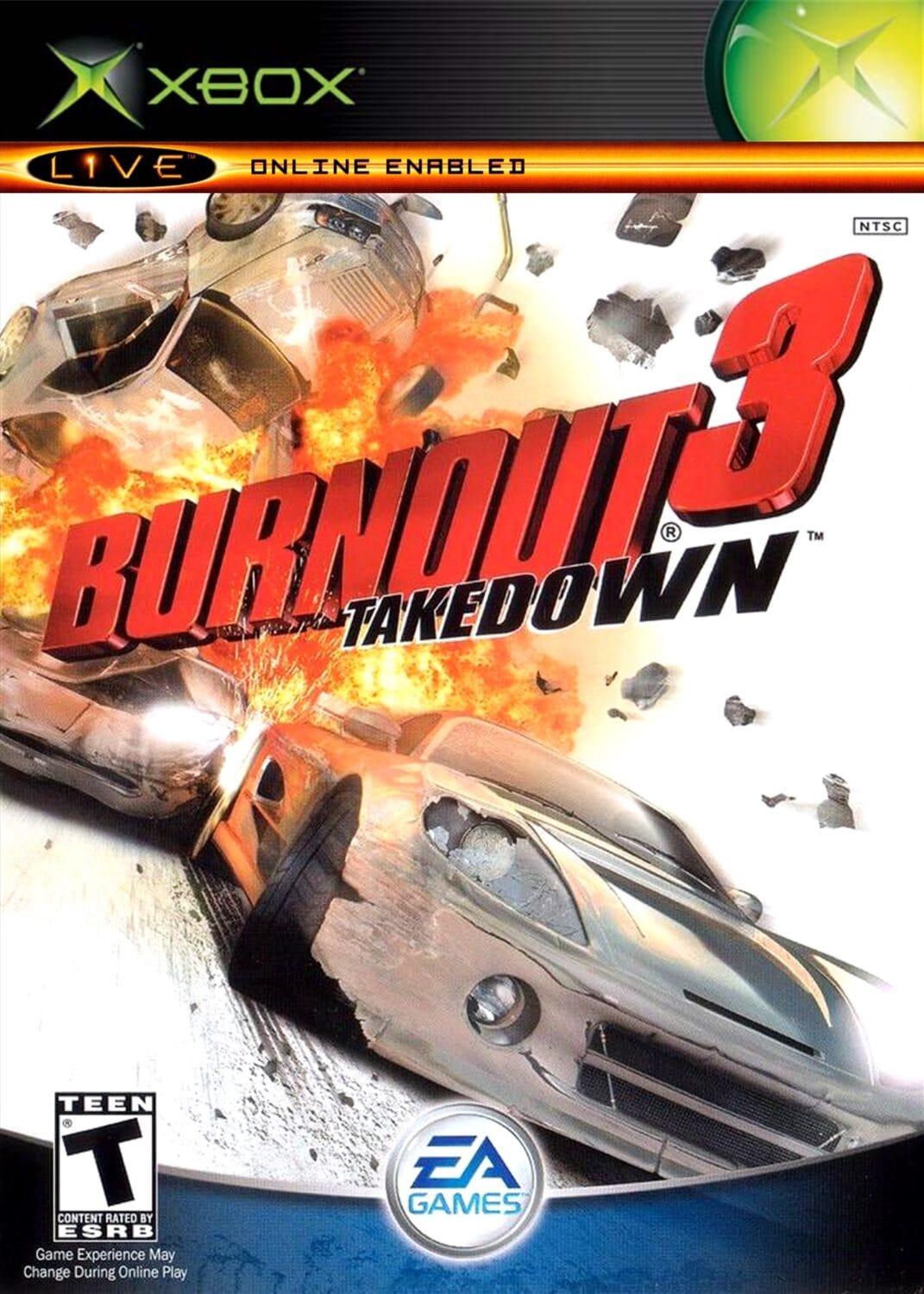
- Developer: Criterion Games
- Release Year: 2004
Where Burnout 2 encouraged chaos, Burnout 3 weaponized it. With the debut of the “Takedown” mechanic, racing was no longer about just reaching the finish line—it was about eliminating everyone in your path on the way there. Every rival car was a moving target, and smashing them into oncoming traffic or off bridges felt just as rewarding as crossing the line first.
Why It's Worth Playing: The genius of Takedown was how it shifted the rhythm of racing. You weren’t just reacting—you were hunting. Combos, rivalries, and revenge takedowns added layers of strategy and sadistic joy. The crashes were Hollywood-caliber spectacles, captured in dramatic slow motion with shrapnel flying in all directions. Burnout 3 didn’t just set a new bar for arcade racers—it obliterated it.
Burnout Revenge
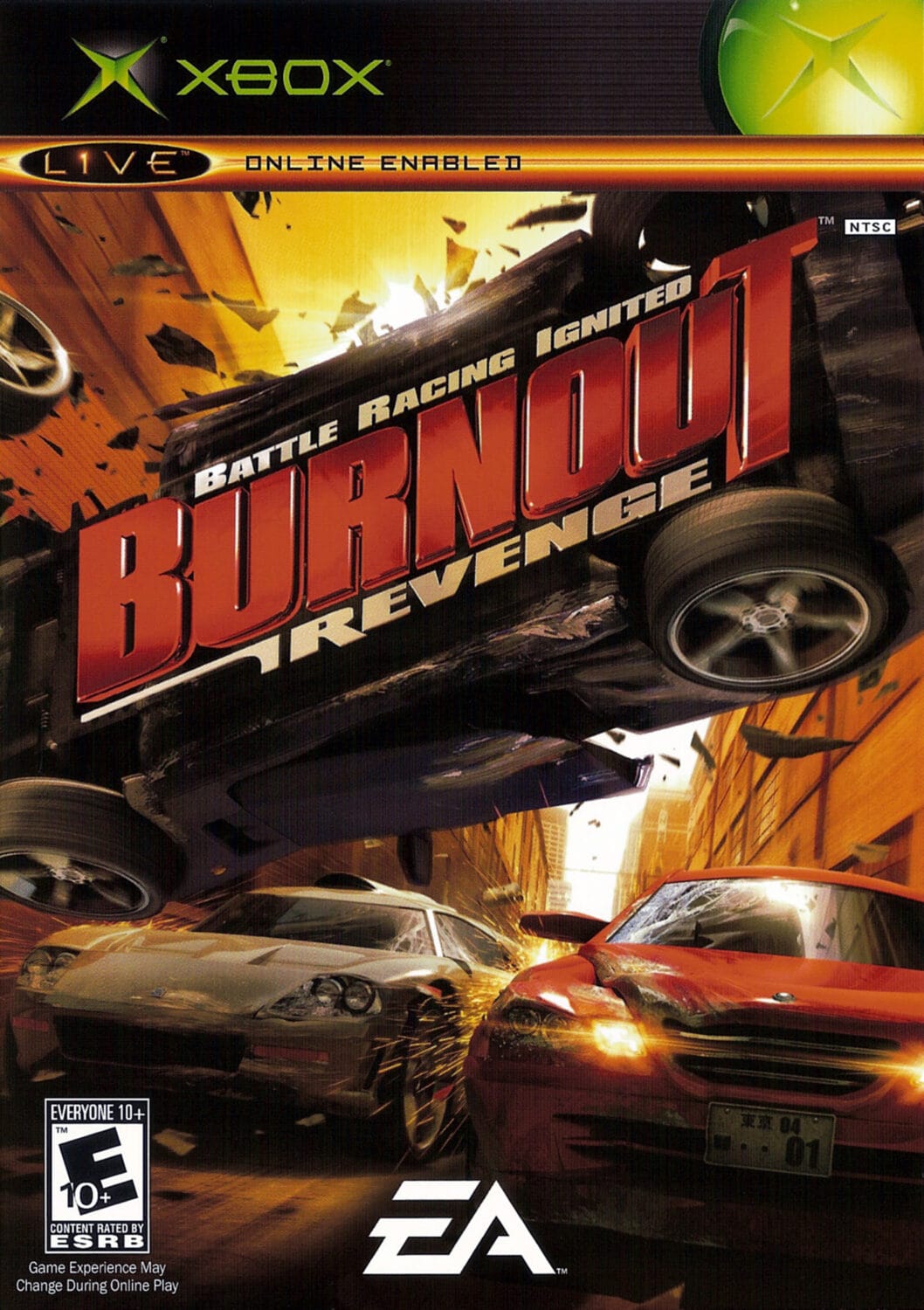
- Developer: Criterion Games
- Release Year: 2005
Revenge took everything Takedown built and turned the carnage up another notch. The biggest innovation? Traffic Checking—the ability to smash same-direction civilian traffic into your rivals. Suddenly, the entire road was a weapon. Chain reactions became the norm, and nowhere was safe.
Why It's Worth Playing: This was arcade racing at its most extra. Each track was packed with alternate routes, destructible environments, and explosive set pieces. Speed was intoxicating, crashes were epic, and revenge was sweet. If Takedown gave you a taste of power, Revenge handed you the keys to the demolition kingdom.
OutRun 2
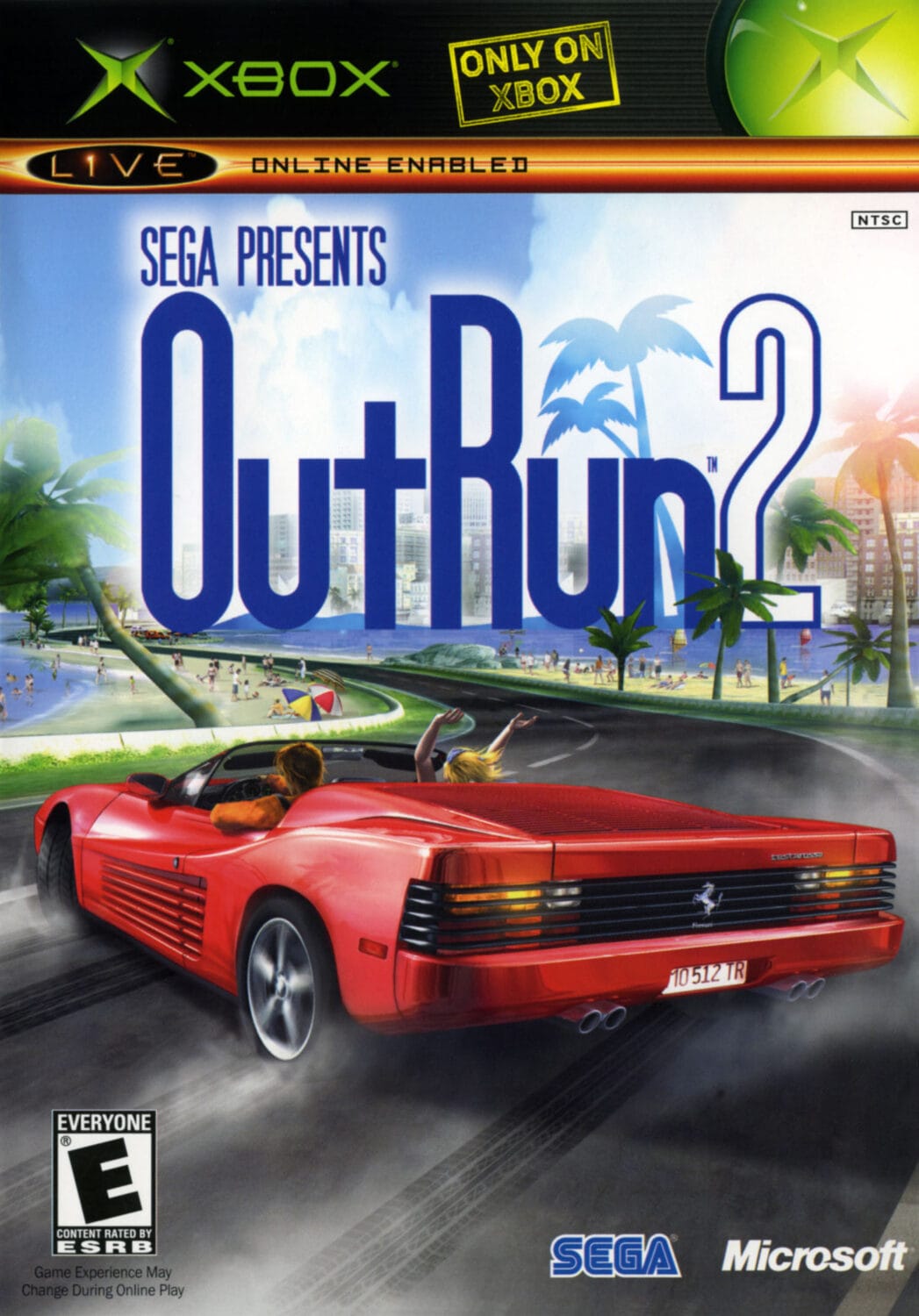
- Developer: Sega AM2, Sumo Digital
- Release Year: 2004
Sega’s OutRun series was already legendary in arcades, but OutRun 2 on the Xbox proved retro could still be cutting-edge. This wasn’t just a port—it was a reimagining. Crisp visuals, buttery frame rates, and tight controls made it one of the smoothest and most enjoyable driving experiences on the console. Its signature “choose your route” system let you shape your race as you drifted through palm-lined highways and sun-soaked vistas.
Why It's Worth Playing: Drifting in OutRun 2 wasn’t just a mechanic—it was an aesthetic. Long, elegant slides around wide corners felt almost like dancing, with synth-heavy music and pastel-colored skies heightening the dreamlike experience. It was the rare racing game that felt laid-back and exhilarating at the same time. An arcade love letter with horsepower to spare.
Crazy Taxi 3: High Roller

- Developer: Hitmaker
- Release Year: 2002
Crazy Taxi 3 took everything fans loved from the first two games and dialed it up. The new “Glitter Oasis” map added verticality and absurdity in equal measure, with ridiculous jumps, winding highways, and more airborne moments than most flight sims. You weren’t just driving—you were launching.
Why It's Worth Playing: The game’s chaotic energy was pure Sega—soundtracked by The Offspring and packed with passengers screaming for fast food deliveries and mall runs. It didn’t evolve the formula much, but it didn’t need to. This was an ode to momentum and madness, where time was always ticking, and a perfect landing meant the difference between a top fare and a taxi full of regret.
Need For Speed: Underground
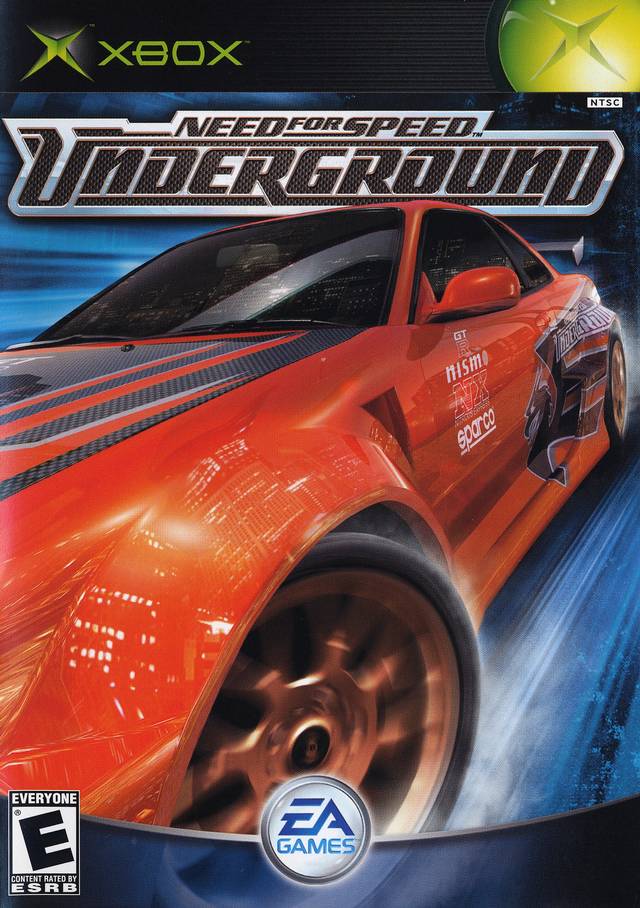
- Developer: EA Black Box
- Release Year: 2003
Need for Speed: Underground arrived at exactly the right moment. Street racing was surging in pop culture, and EA captured that energy with a dark, neon-drenched take on urban racing. No licensed supercars, no sunny circuits—just souped-up compacts, drag strips, and a whole lot of NOS. The drag racing and circuit events were intense and brutally fast, demanding perfect timing and nerves of steel.
Why It's Worth Playing: This was the game that made cosmetic mods matter. Spoilers, body kits, underglow, vinyls—Underground let you build your dream ride from the ground up. Every visual upgrade wasn’t just for show—it felt like a badge of honor. Your car wasn’t just a vehicle—it was a reflection of your street cred. It was style over brand loyalty, and it worked.
Need For Speed: Underground 2
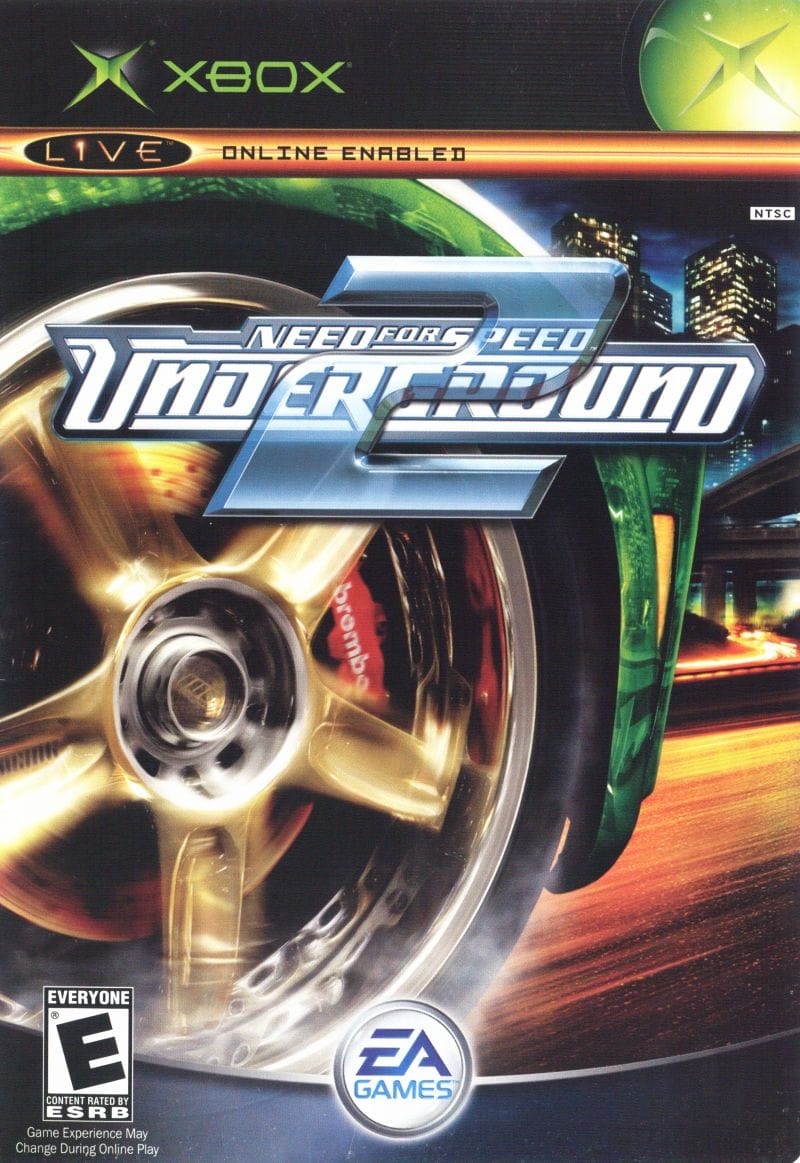
- Developer: EA Black Box
- Release Year: 2004
Underground 2 took everything its predecessor did and blew it wide open. Say goodbye to menus—welcome to Bayview, a sprawling, fully explorable city dripping with underground attitude. From parking garages to winding mountain roads, you could cruise anywhere, finding races, shops, and secrets at your own pace.
Why It's Worth Playing: The game added SUV races, dynamic weather, and deeper tuning mechanics, but it was the freedom that made it shine. With a killer soundtrack and a map that begged to be explored, Underground 2 cemented itself as a street racing classic. It wasn't just a sequel—it was a manifesto for the culture.
Need For Speed: Most Wanted
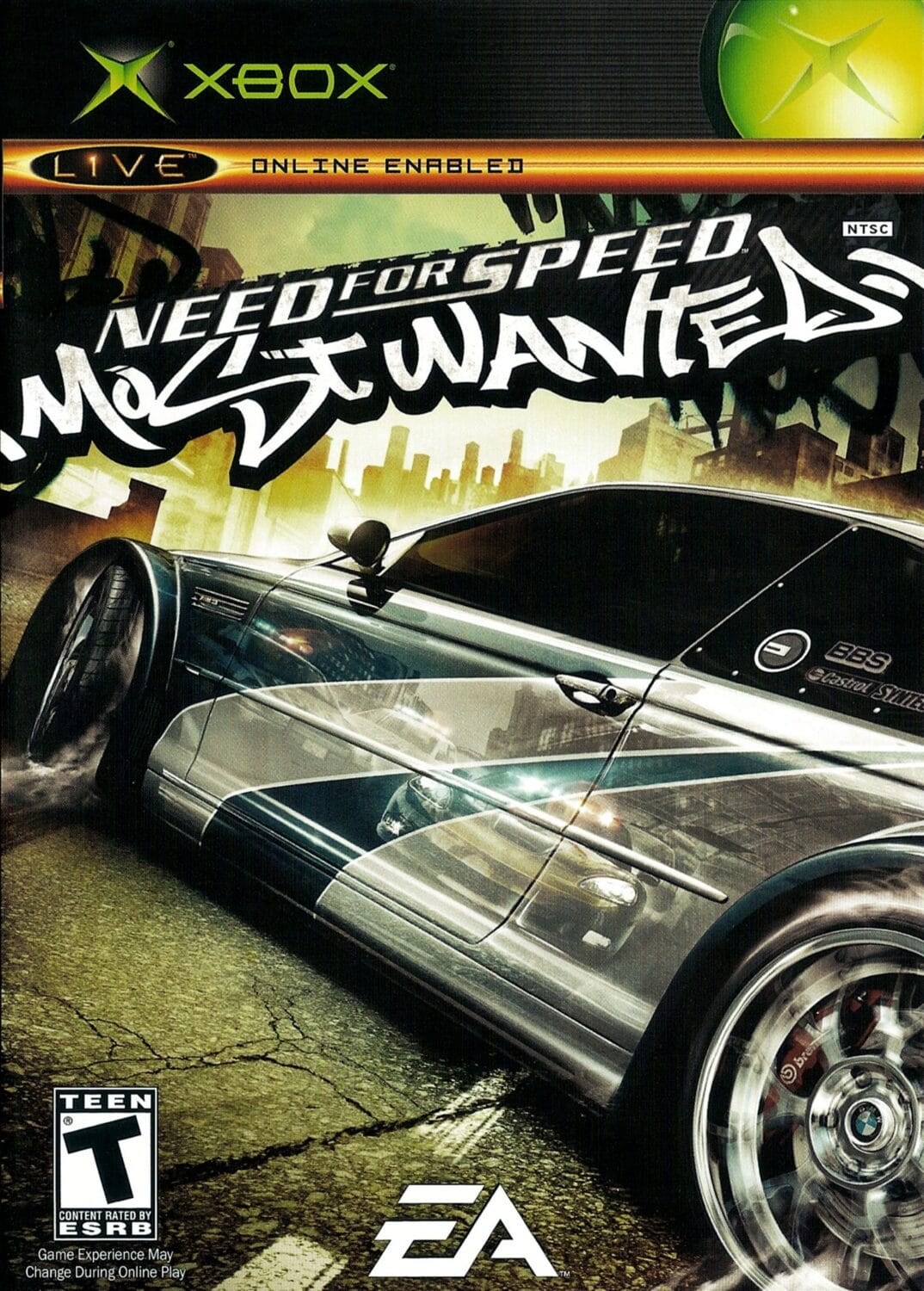
- Developer: EA Black Box
- Release Year: 2005
Most Wanted was where the series matured. It kept the fast cars and customization but wrapped it in an open-world cops-and-robbers thriller. Every race was a gamble—not just against opponents, but against the ever-looming threat of a police chase. Pursuits could escalate into epic, multi-tiered brawls with spike strips, helicopters, and full-blown roadblocks.
Why It's Worth Playing: The narrative centered around taking down a hierarchy of street racers, each more devious than the last. Razor Callahan, the smug antagonist who stole your car, became instantly iconic. Earning your way back up the Blacklist was more than a grind—it was personal. Most Wanted remains one of the most beloved entries in the franchise for good reason.
Midnight Club 3: DUB Edition Remix

- Developer: Rockstar San Diego
- Release Year: 2006
Overshadowed at times by EA’s dominance, Midnight Club 3: DUB Edition Remix was the gritty, stylish alternative. Set across open-world versions of Atlanta, San Diego, and Detroit, it delivered fast, furious races and a sense of urban cool that felt more authentic than polished.
Why It's Worth Playing: With licensed cars, bikes, and DUB-approved parts, the game went deep on vehicle modding—but never at the expense of gameplay. Speed was instant, races were chaotic, and the city streets were littered with shortcuts. Toss in a thumping hip-hop soundtrack and you had a racer with serious attitude and real staying power.
Juiced
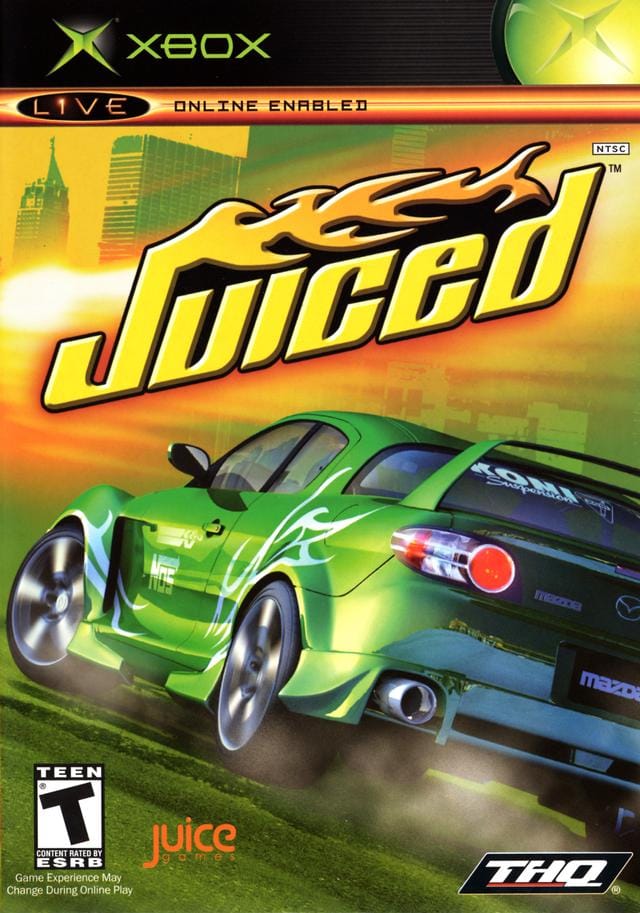
- Developer: Juice Games
- Release Year: 2005
Juiced tried something different. Rather than just win races, you had to earn respect—both from rival crews and the car culture around you. Reputation was currency, and one mistake could cost you not just a race, but your ride.
Why It's Worth Playing: While it didn’t have the polish of NFS or Midnight Club, Juiced stood out with its grounded, street-level grit. It featured deep tuning options, pink slip races, and real stakes. It asked you to think before you raced—to build your crew, plan your battles, and play the long game. It was the underdog racer that dared to slow things down and play it smart.
Project Gotham Racing
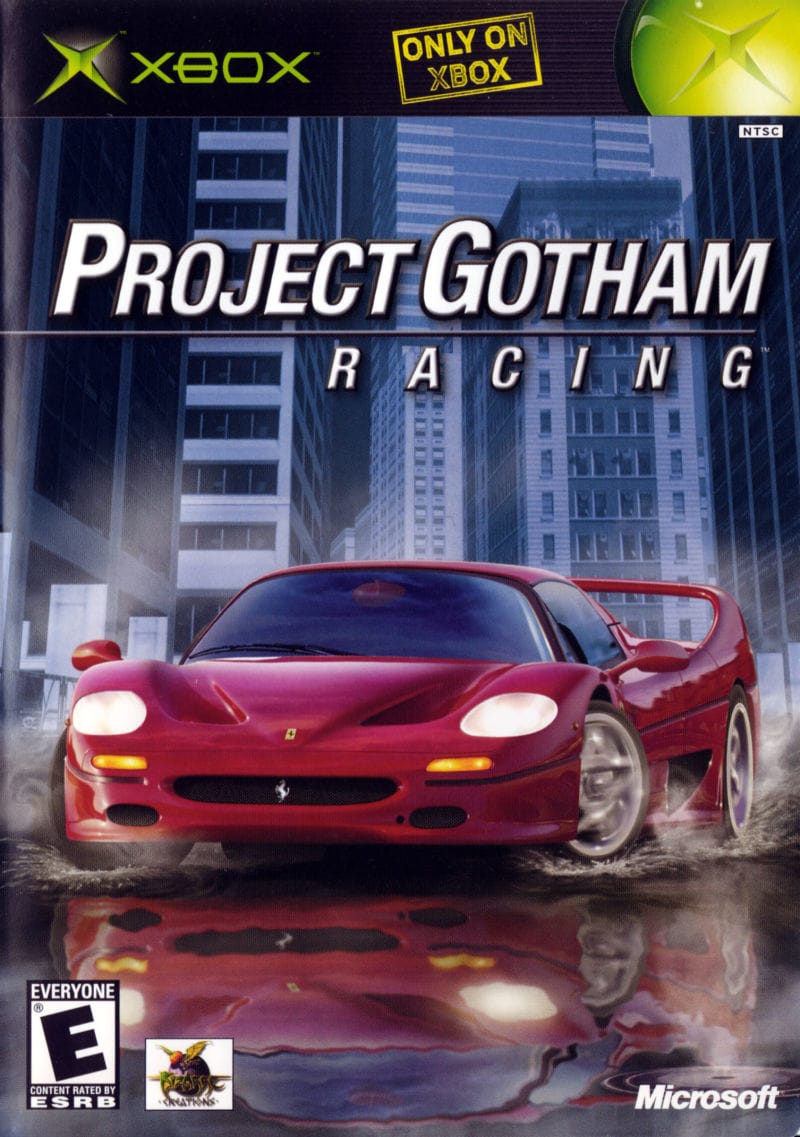
- Developer: Bizarre Creations
- Release Year: 2001
Before Forza Horizon glamorized open-world flair, Project Gotham Racing was already making driving look cool. It introduced the Kudos system—a game-changing mechanic that rewarded more than just first-place finishes. Pulling off a clean drift, drafting opponents, or navigating a tight corner with finesse would all earn you style points. The result? A racer where elegance was just as important as efficiency.
Why It's Worth Playing: Built from the bones of Metropolis Street Racer on Dreamcast, PGR was a slick, street-savvy package that hit the sweet spot between arcade energy and sim precision. Tight urban circuits, beautifully rendered cities, and responsive handling hinted at the future of racing games on Xbox. It wasn’t about just getting there—it was about how good you looked doing it.
Project Gotham Racing 2

- Developer: Bizarre Creations
- Release Year: 2003
PGR2 took the groundwork of its predecessor and refined it into a near-perfect driving experience. The car roster exploded, the environments dazzled (with global cities like Edinburgh, Barcelona, and Stockholm), and the Kudos system felt more rewarding than ever. Every city had its own personality, every car its own bite.
Why It's Worth Playing: This was one of the first games that made Xbox Live feel essential. Real-time leaderboards, seamless matchmaking, and intense online showdowns made PGR2 a cornerstone of early Xbox multiplayer. It didn’t just play well—it connected well, paving the road for online racing as we know it today.
Midtown Madness 3
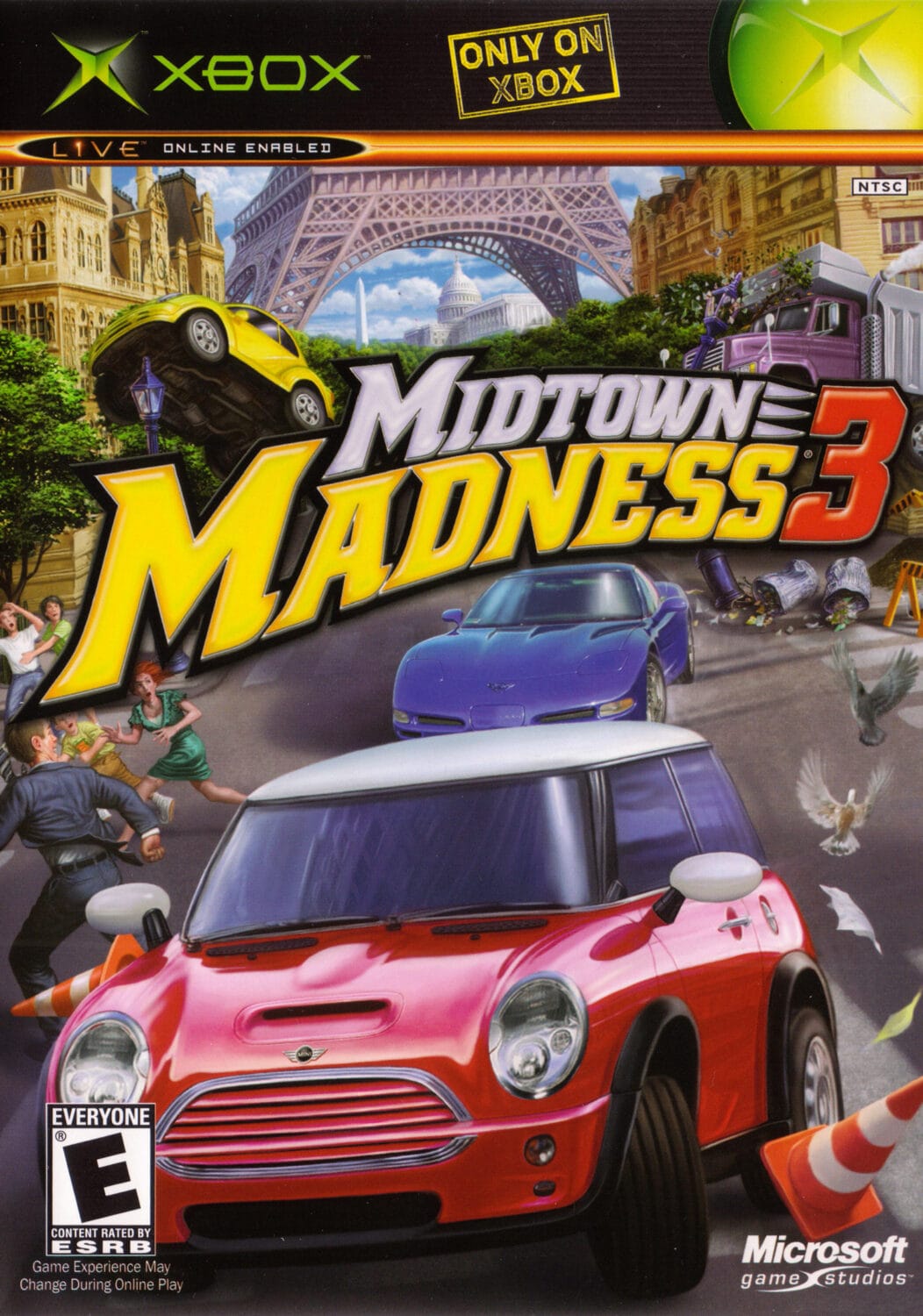
- Developer: Digital Illusions
- Release Year: 2003
Where most racers stuck to tracks, Midtown Madness 3 blew the doors wide open. It dropped players into fully explorable recreations of Paris and Washington D.C., giving you the freedom to race, stunt, or just joyride through city streets filled with traffic, pedestrians, and unexpected obstacles.
Why It's Worth Playing: It wasn’t about lap times—it was about possibility. MM3 let you play however you wanted: leap off rooftops, barrel down alleys, or just vibe while soaking in the urban sprawl. In a time before Burnout Paradise or Forza Horizon, Midtown Madness 3 showed us the thrill of unstructured driving freedom.
Quantum Redshift
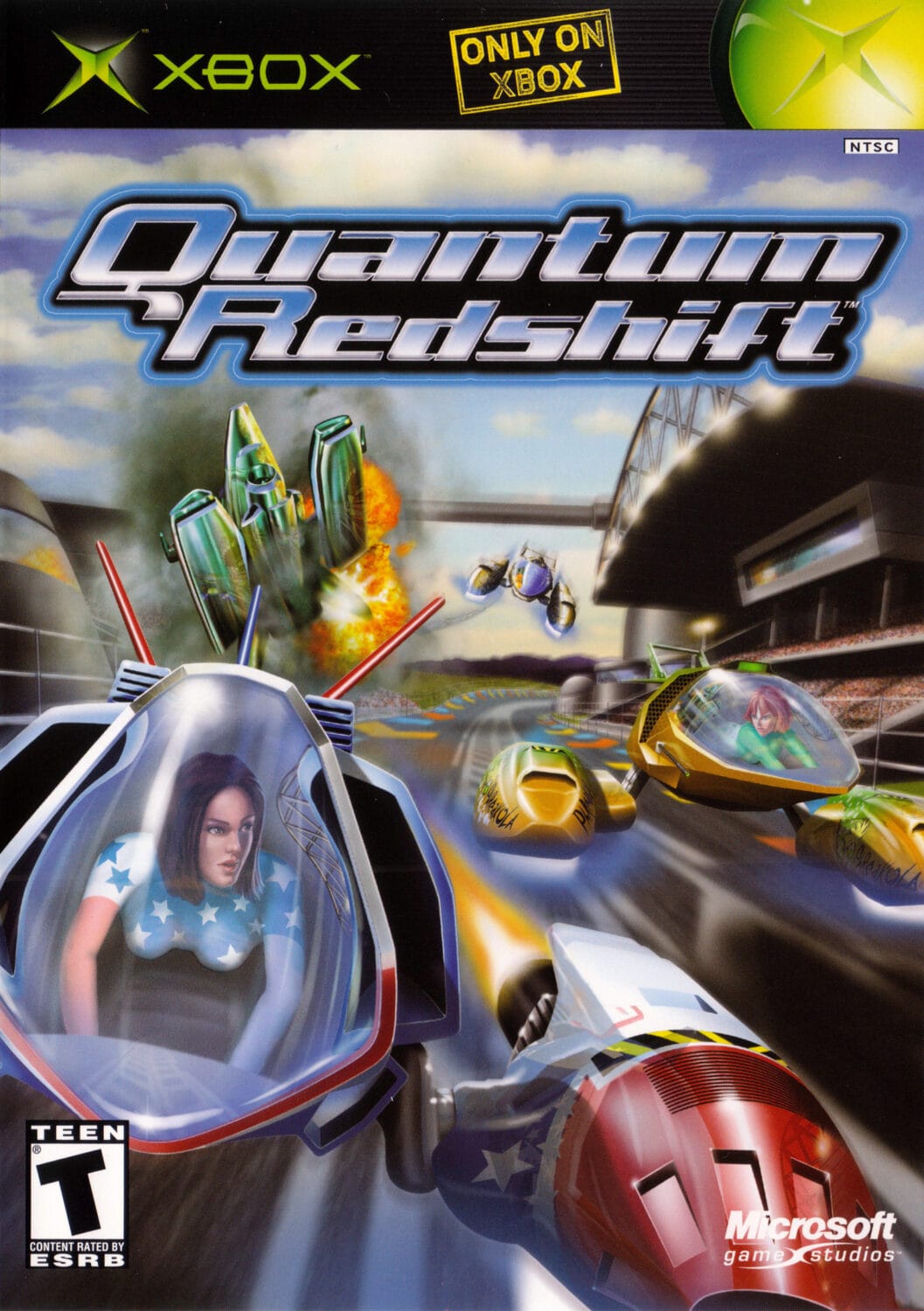
- Developer: Curly Monsters
- Release Year: 2002
Developed by ex-WipEout devs, Quantum Redshift was Microsoft’s stab at anti-gravity racing—fast, furious, and soaked in sci-fi aesthetics. It paired sleek hovercraft designs with a pulsing techno soundtrack, pitting rival pilots against each other in breakneck, weapon-filled sprints.
Why It's Worth Playing: This was more than just a visual showcase—it was a technical achievement. Running at a smooth 60 frames per second, Quantum Redshift felt buttery responsive and brutally fast. It may not have reached WipEout's legendary status, but for Xbox owners, it scratched that same high-speed itch with style and swagger.
Auto Modellista
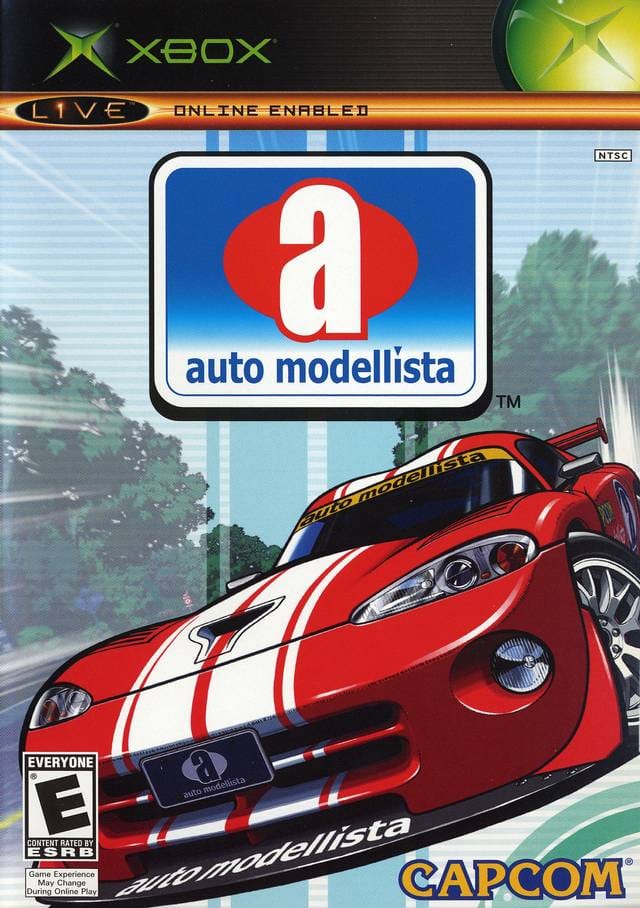
- Developer: Capcom
- Release Year: 2004
Capcom doesn’t make many racing games, but Auto Modellista was a bold experiment. With its cel-shaded, hand-drawn aesthetic, it looked like a playable anime—and stood out instantly from the sea of hyper-realistic racers. It was a love letter to Japanese car culture, from the mod shop to the track.
Why It's Worth Playing: Some players bounced off its floaty physics, but those who embraced it found a racer with deep customization, unique personality, and undeniable charm. Building out your garage, applying decals, and whipping around corners in comic-book motion made it unforgettable—if not universally loved.
Crash Nitro Kart
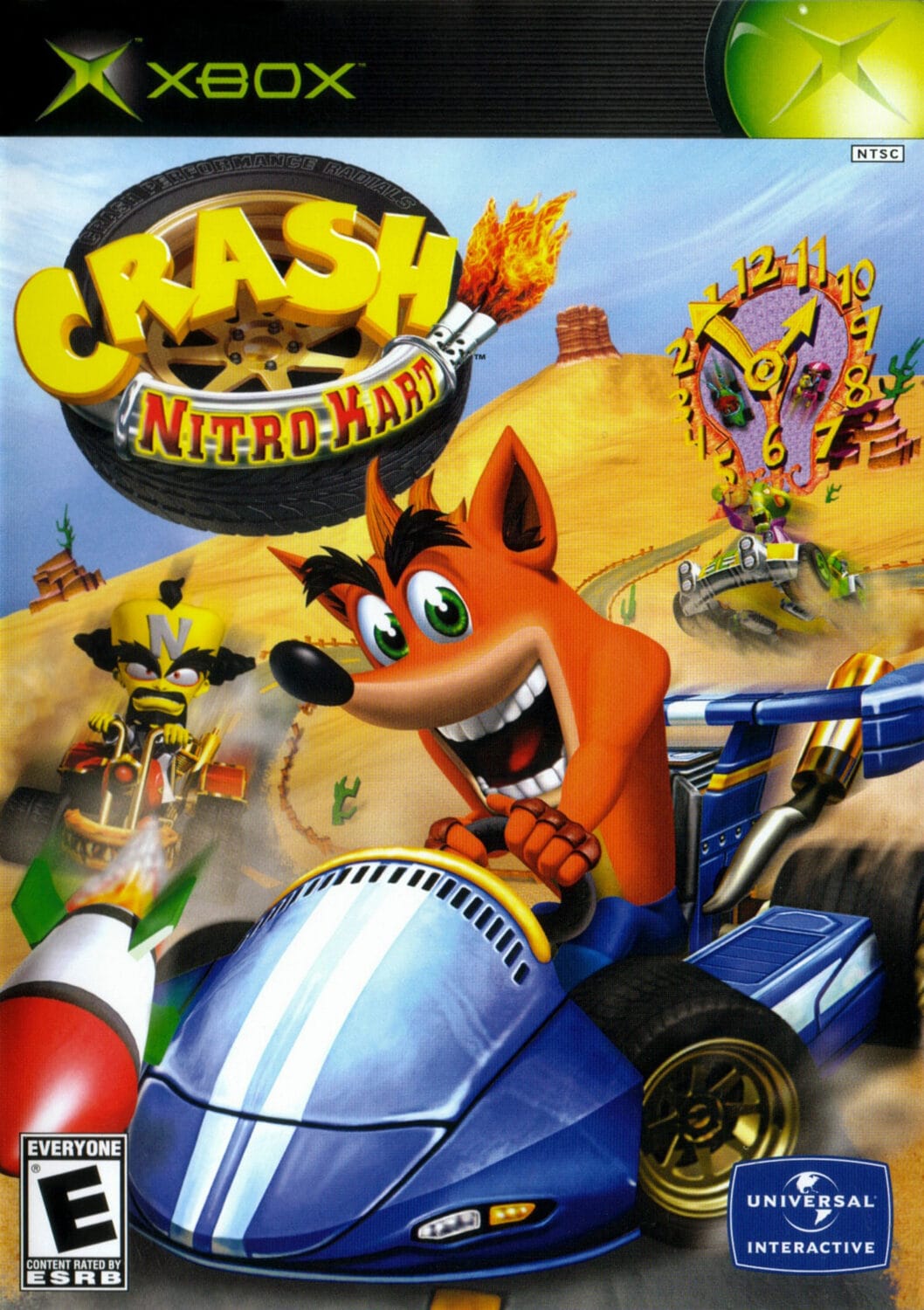
- Developer: Vicarious Visions
- Release Year: 2003
Mario may have had the kart crown, but Crash Bandicoot wasn’t far behind. Crash Nitro Kart brought tight tracks, cheeky humor, and recognizable characters to Xbox players craving kart chaos. It played fast and loose, leaning into power slides, item battles, and over-the-top arenas.
Why It's Worth Playing: While not a genre-redefiner, CNK was a well-crafted kart racer that delivered exactly what fans wanted: a vibrant, wacky ride that could hold its own. Especially for players without a GameCube, it was a welcome hit of kart goodness with a Crash-colored twist.
Furious Karting
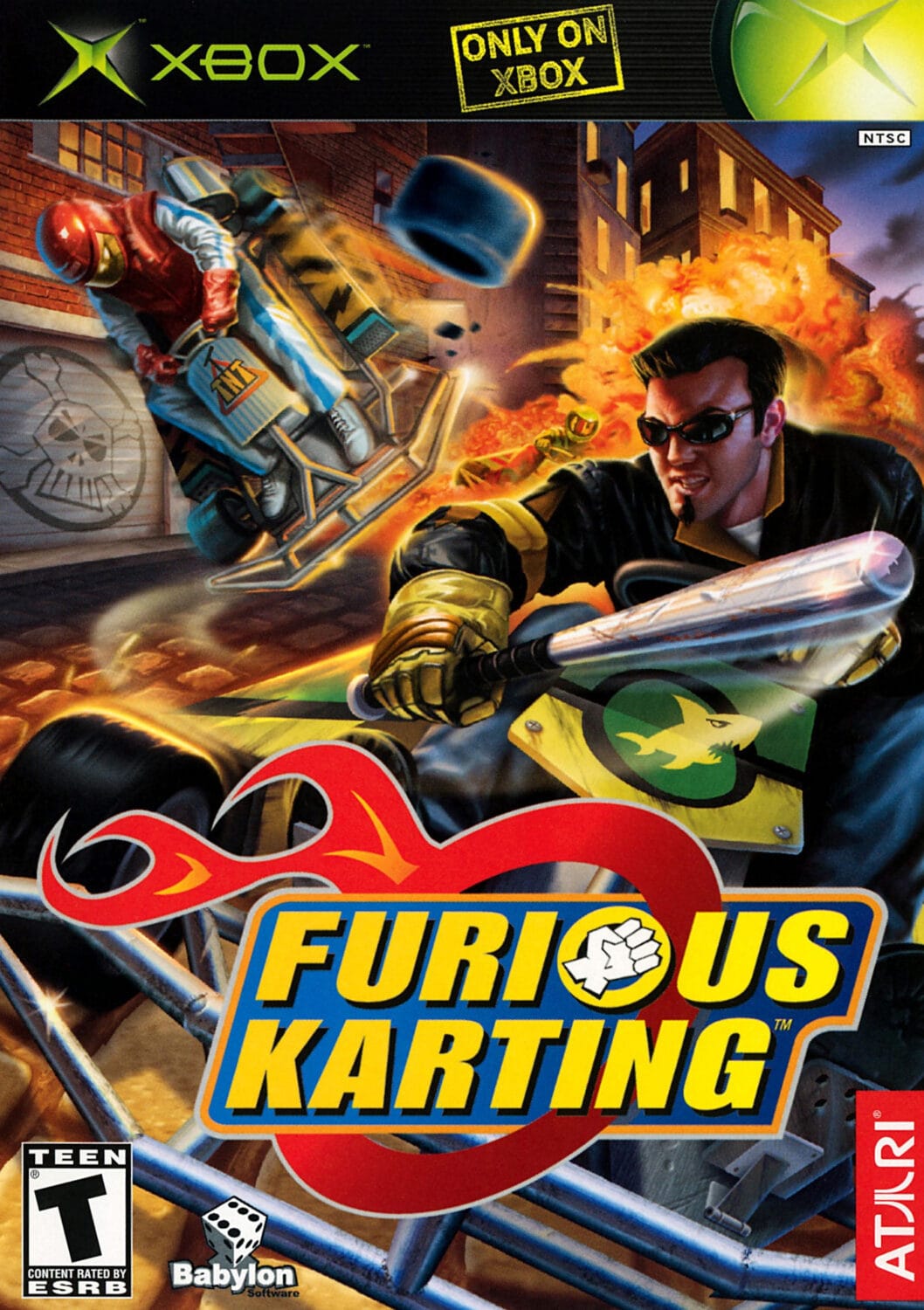
- Developer: Babylon Software
- Release Year: 2003
This lesser-known title from Microïds didn’t have mascots or flashy branding—but it brought surprising intensity. Furious Karting focused on fundamentals: responsive controls, solid speed, and well-designed tracks that encouraged tight, skillful racing.
Why It's Worth Playing: Lacking the gimmicks of bigger franchises, it delivered a more “pure” kart racing experience. While it never reached wide acclaim, its solid mechanics made it a cult favorite among genre aficionados. One of those “blink and you’ll miss it” gems that’s well worth rediscovering.
NASCAR 2005: Chase for the Cup
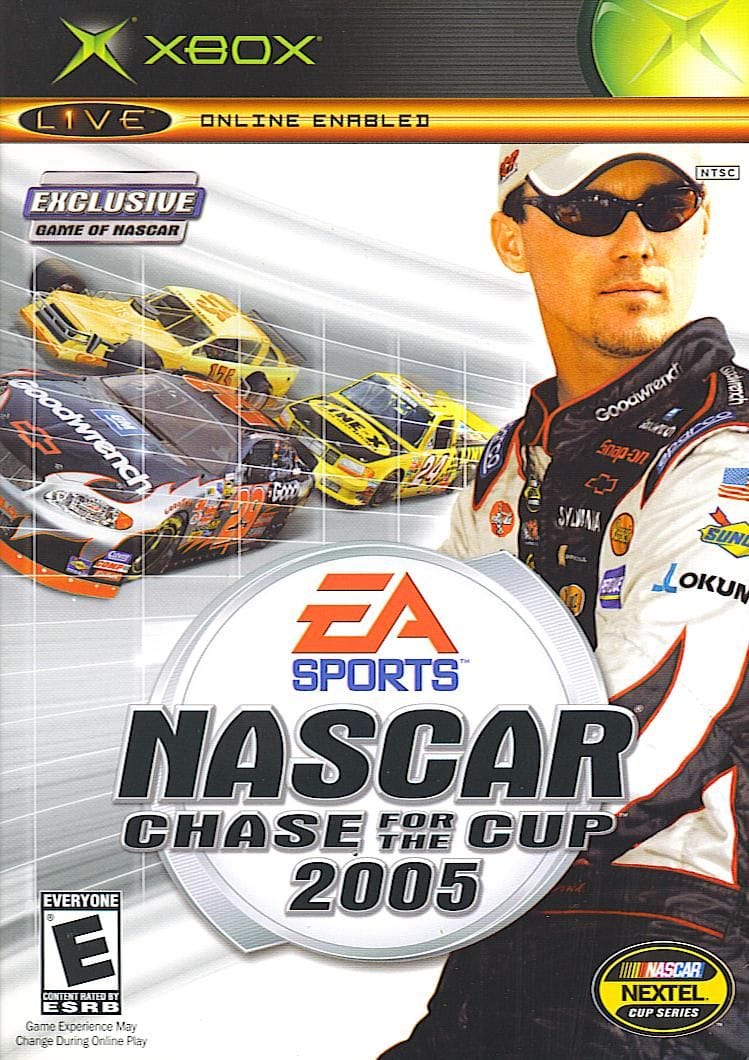
- Developer: EA Tiburon
- Release Year: 2004
At first glance, NASCAR 2005: Chase for the Cup looked like just another annual update—but under the hood, it delivered something far more engaging. EA Sports reinvented the franchise’s formula by introducing a full-fledged career mode that did more than string races together. You didn’t just race—you hustled your way through the minor leagues, signed contracts, climbed the ranks, and, most importantly, made enemies. The rivalry system added tension to every bump and pass, and soon, every race felt like a grudge match waiting to explode.
Why It's Worth Playing: From the sharp in-race commentary to the TV-style presentation, every detail was crafted to immerse you in the NASCAR experience. Whether you were trading paint on short tracks or strategizing pit stops on superspeedways, Chase for the Cup captured the nuances of stock car racing better than any NASCAR title had on console up to that point. For Xbox owners, it was the definitive NASCAR experience.
Monster 4×4 World Circuit
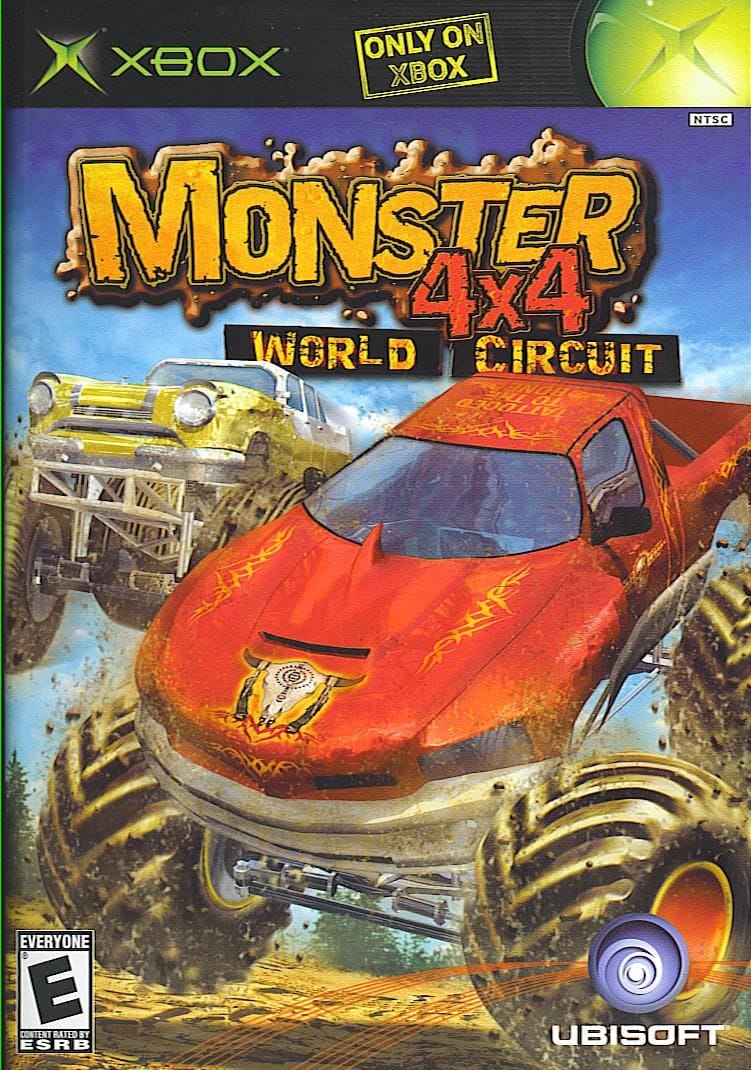
- Developer: Ubisoft Barcelona
- Release Year: 2006
If Forza was a fine-tuned symphony, Monster 4×4: World Circuit was a garage band smashing amps. It made no attempt to hide its arcade roots—this was monster truck madness dialed to eleven. With exaggerated jumps, unpredictable landings, and physics that often defied logic, it was less about racing and more about surviving each lap. The controls were floaty, the visuals were rough, but the sheer lunacy of it all made it a blast for anyone craving unfiltered, pedal-to-the-metal mayhem.
Why It's Worth Playing: You didn’t play Monster 4x4 for polish—you played it because it felt like strapping into a juggernaut and launching it off a cliff. Its absurdity was its charm. Think of it as the monster truck show that came to your Xbox, complete with dirt, destruction, and a healthy disregard for realism. It wasn’t refined, but it didn’t need to be.
Apex (Racing Evoluzione)
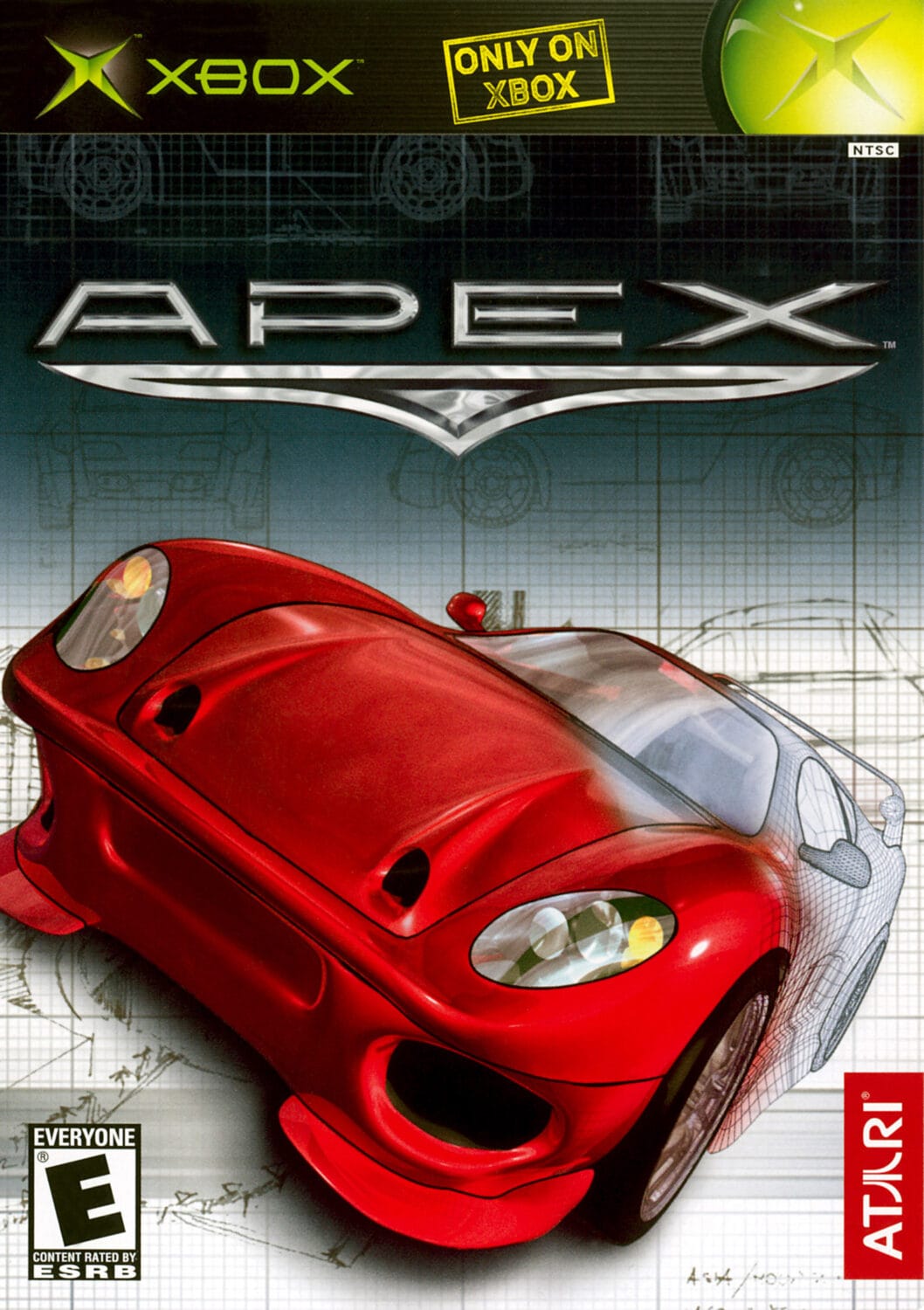
- Developer: Milestone
- Release Year: 2003
Apex (known as Racing Evoluzione in Europe) dared to ask: what if you weren’t just a racer, but the person behind the cars? Part racing sim, part tycoon game, Apex blended circuit competition with automotive entrepreneurship. As you won races, you also unlocked the ability to design your own prototype vehicles and grow your fledgling car company from the ground up. Each win wasn’t just a trophy—it was R&D fuel for the next breakthrough model.
Why It's Worth Playing: Visually sharp and conceptually ahead of its time, Apex was one of the more unique titles in the Xbox racing stable. While the driving didn’t always feel as tight or precise as genre leaders, the hybrid structure gave it a fresh edge. It scratched both the gearhead and the management sim itch, and though it never became a breakout hit, it remains a hidden gem for players who like their racing games with a side of innovation.
Final Thoughts
From the precision-tuned Forza Motorsport to the crash-happy chaos of Burnout 3: Takedown, the original Xbox offered something for every kind of racing fan. Sim diehards found their groove in RalliSport Challenge 2 and Sega GT 2002, while arcade addicts tore up the streets in Midtown Madness 3 and OutRun 2. Even deep cuts like Quantum Redshift and Auto Modellista gave the console a flavor all its own.
The original Xbox was more than just a powerhouse—it was a proving ground for racing innovation. It hosted genre-defining sims, offbeat oddities, and arcade smash-hits that still hold up today. In a console generation defined by experimentation and ambition, its racing catalog deserves a victory lap. So buckle up, pick your lane, and remember: speed wasn’t just a feature on Xbox—it was a philosophy.


